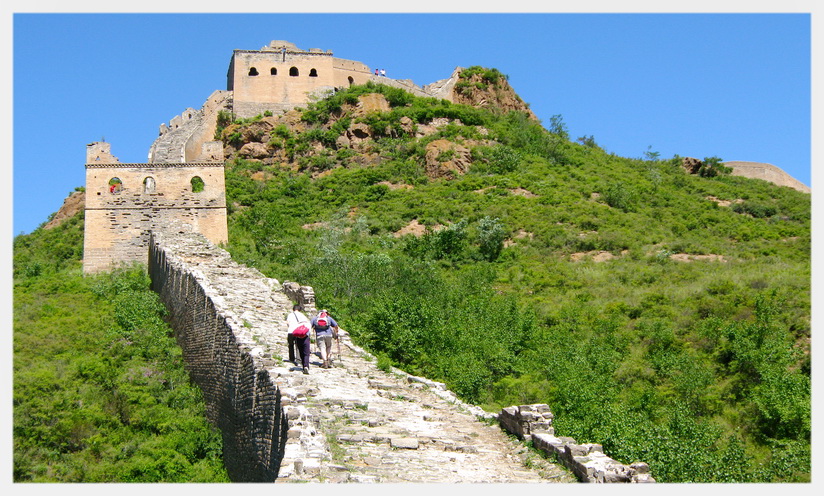The Great Wall of China is an iconic and historic landmark that stretches across the northern part of China. Here are some top facts and key information about the Great Wall:
Location
The Great Wall of China runs across the northern part of China, spanning from the east coast to the west. It stretches over various provinces and regions, including Hebei, Beijing, Tianjin, Shanxi, Shaanxi, Inner Mongolia, and more.
Length
The Great Wall is not a continuous wall but rather a series of walls and fortifications built across several dynasties. The total length of the Great Wall is estimated to be around 21,196 kilometers (13,171 miles).
Purpose
The primary purpose of the Great Wall was defensive. It was built to protect China’s borders and territories from invasions by nomadic tribes, especially from the north. It served as a barrier and deterrent against enemy forces.
Construction Time
The construction of the Great Wall started as early as the 7th century BC and continued over several centuries, with major construction occurring during the Ming Dynasty (1368-1644 AD).
Structure and Material
The Great Wall comprises multiple sections, including walls, fortresses, watchtowers, and beacon towers. Some sections feature double walls or trenches.
Materials: The construction materials used for the Great Wall varied depending on the region and period. The most common materials include stone, brick, tamped earth, wood, and other local resources. Different sections of the wall may exhibit variations in materials used.
Notable Sections
Some of the most visited and well-preserved sections of the Great Wall include Badaling, Mutianyu, Jinshanling, Simatai, and Jiankou. However, there are over 10 major sections and numerous smaller ones, each with its unique characteristics and charm.
Difficulties in Construction
Building the Great Wall was an enormous engineering feat. The construction involved physical labor, often involving thousands of workers. The builders faced challenges such as difficult terrain, extreme weather, and limited construction technologies.
UNESCO World Heritage Site
The Great Wall of China was designated as a UNESCO World Heritage Site in 1987. It is considered one of the most iconic and significant monuments in human history.
Tourism
The Great Wall attracts millions of tourists every year. Some of the most popular sections for visitors include Badaling, Mutianyu, Jinshanling, and Simatai.
Symbolic Value
The Great Wall of China holds great cultural and symbolic value for the Chinese people. It represents the historical and architectural achievements of ancient China and symbolizes national unity and strength.
These facts provide a glimpse into the Great Wall’s significance, but there is much more to learn and explore about this remarkable structure.
Challenges
The Great Wall faces challenges such as weathering, erosion, tourism impact, and encroachment by urban development in some areas. Balancing preservation efforts with sustainable tourism and environmental protection is vital for its long-term conservation.
The Great Wall of China is a testament to human ingenuity and a must-visit destination for those fascinated by its grandeur and historical significance.
If you have any questions or queries, then please feel free to drop us a line.


